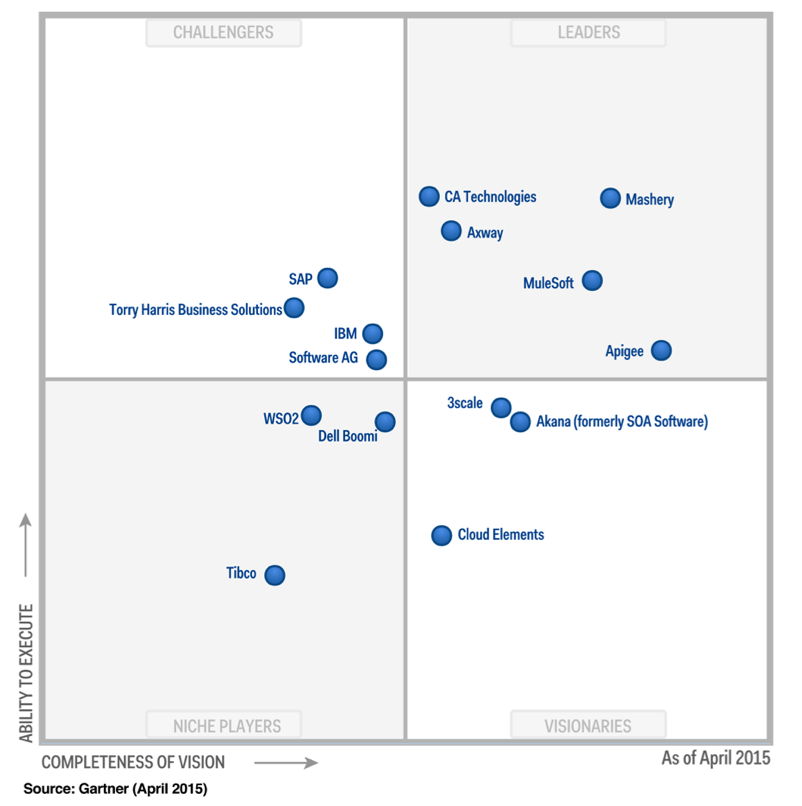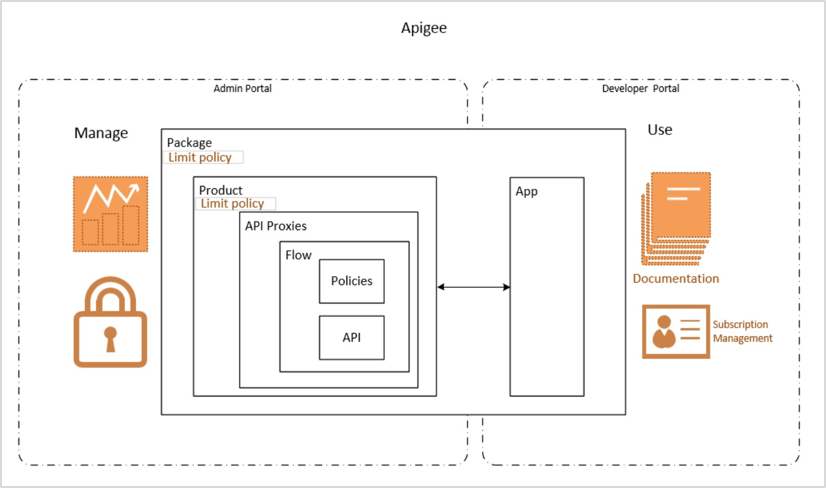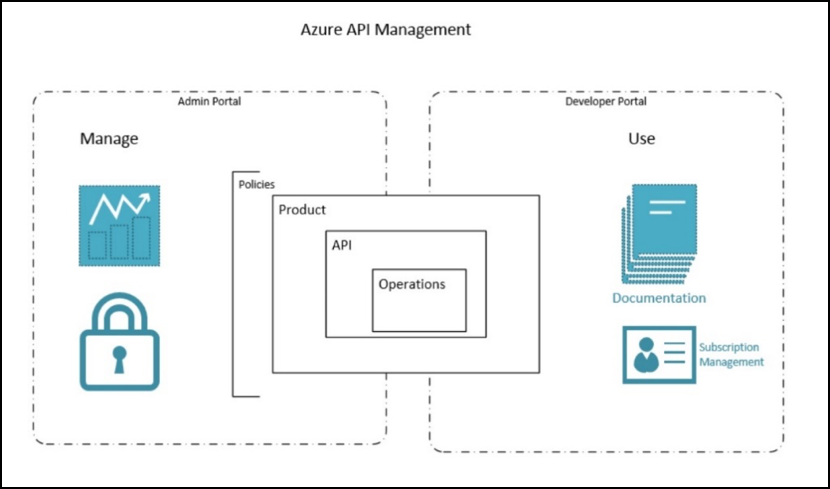As you may have heard already, API company Apigee recently announced that it has entered into a definitive agreement under which it will be acquired by Google.
If you’re tasked with choosing an API management system, Charles Dickens summed it up best: “It was the best of times, it was the worst of times.”
As with many acquisitions, there are a number of pros and cons that can impact your business. There are some who are excited about joining the ever-growing Google family of products, and others who will only wonder how much this acquisition will cost their businesses. And considering that according to Gartner (as of April 2015), Apigee is the leader in the market of Managed APIs, there are quite a number of businesses that can – and will – be affected. The magic quadrant speaks for itself:

Magic Quadrant for Application Services Governance
This also means it’s the perfect time to re-evaluate your API plans, and decide for yourself which platform should you choose if you are ready to integrate API management into your business strategy.
So, let’s compare the Azure API Management platform with Apigee.
What? You may wonder. Azure isn’t even mentioned in the quadrant with the leader in API management systems.
Well, we’ve had experience with both – for the same client – so not only do we know both products inside out, we can make a true apples-to-apples comparison. Mainly, so your organization doesn’t pay for more than it needs. And it comes down to two main differences that will influence your decision:
1. An integrated payment system
Apigee has it, but Azure API management doesn’t. Plus, Apigee offers monetization as an add-on to Apigee Edge Enterprise plans. To monetize API product in Azure API management, you need to integrate with a payment provider.
Why does this matter? For some, embedded payment system is preferred, since they won’t have to plan for customization and integration of the platform. For others, a customized approach serves their needs better, since it accommodates their unique requirements on subscriptions flow and plans, as well as potentially lower total cost of ownership (TCO). The fee for embedded payment systems can be quite high, and unexpected TCO increases can wreak havoc on your bottom line.
2. Complexity (or simplicity) of the system
Apigee has a rich feature set, flexible enough to accommodate even your wildest API setup. This richness comes at a price, though, and you’ll have to also account for the time investment it will take to fully understand the system features and learn to use them wisely. (See Figure 1.)

Figure 1. In Apigee you need to understand multiple concepts in order to setup API in your unique way.
In comparison, Azure API Management has chosen a slimmer, more streamlined approach and offers administrators few bells and whistles, to support quicker API setup and management. This approach (and it’s associated lower costs) works well for some who don’t have a complicated scenario on how they want to expose their APIs.

Figure 2. Azure API Management operates with fewer concepts, so administrators can set the service up quickly
So, depending on the size and needs of your business, you may not have to “follow the leader” when it comes to your API strategy. The important part is to know how to proceed with your Open API project so it will be part of your business strategy. Because when trying to choose your API management platform, a little homework can go a long way to ensuring that it’s the best of times.
*Full disclosure, EastBanc Technologies developed Apiphany which was acquired by Microsoft in 2013.